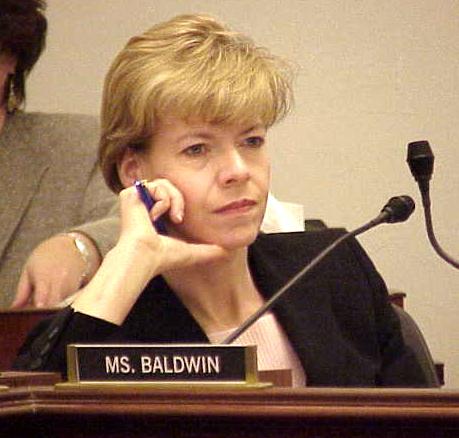Moments & Movements: LGBTQIA Issues in Popular Culture & Politics
BY VINITA CHAUDHRY

I cannot possibly count the number of times I have been asked if I watch Modern Family, The New Normal, or even Glee; people are generally not asking me for the sake of striking up conversation about good television shows, but rather because they are looking for my opinion on various depictions of LGBT characters. (To be honest, of these three I mentioned, I’ve only seen Glee, and my opinion on that show alone could take up the length of this entire article.) As an activist (in training) in the LGBTQ world, on the Washington University campus, and more broadly in St. Louis and New York City, it has been difficult for me to focus much on pop culture. The growing presence of LGBT people in pop culture is obviously fantastic for LGBT representation: the more faces of “real” LGBT people the world can see, the better. However, Lady Gaga saying that people are simply “Born This Way” seems largely irrelevant to LGBT life when across the United States and around the world people are being fired from their jobs for being LGBT, LGBT youth are homeless and many, especially transgender folk, are without access to homeless shelters, and countless people are murdered or commit suicide because of their identities. In this sense, I often do not allow myself to believe that popular culture icons have any relevance or influence in political discourse when it comes to LGBT people and their rights.
More recently, it has become hard to drown out the noise of “Have you seen…?” or “Did you hear…?” when it comes to LGBT people in popular culture. There are no longer just three main characters I can think of as attempting to be representative of the LGBT community, as there were in the days of Will and Grace and Ellen. There are numerous LGBT characters on television, and many of these are very human characters who, while they most certainly do not (and cannot) broadly represent LGBT people, do present LGBT identities in a way that is approachable, nuanced, and real. While it has been all too easy for me to critique these characters, when I take a step back and recognize where it is that we are – I think of Laverne Cox on Orange is the New Black, where a transgender woman (of color!) plays a transgender character – I have to appreciate the ways popular culture has presented LGBT folks in way that almost creates a cultural moment.
In this cultural moment, we have the first openly gay senator (Tammy Baldwin from Wisconsin); we have states making large leaps in their non-discrimination policies; we have the supreme court striking down anti-marriage laws; and we have a moment where LGBT rights are becoming part of a larger conversation about human rights and civil rights. This cultural moment is unlike anything LGBT movements across the United States have seen before.
While I am impressed with and pleased by the presence of LGBT people in most areas of popular culture, I would by no means say that any work is finished, nor that popular culture has defined or created the political movement. The cultural moment that has been created by forward-thinking producers, writers, actors, and artists (to name a few) is, at present, just that – a moment. At my internship this summer with the Empire State Pride Agenda in New York City, our deputy director reminded us post-DOMA decision: “This is a movement, not a moment.”
These institutions are interconnected. Popular culture influences politics, and politics influence popular culture. All of these areas progress together, but they are affected by the same systems of oppression. In the representations of LGBT folk in popular culture and in the legislation that is passed for LGBT folk, we see some of the issues that prevail within the LGBT movement. For example, discrimination on the basis of race, class, and gender identity, to name a few, continue to divide political activists and affect the images of LGBT people that we see in all areas of popular culture. There is much work to be done. We need to see more nuanced LGBT characters on television, and we need more of our legislators and political advocates to pay attention to the people at the margins of the movement (people of color and transgender folk, for example). However, taking a step back and recognizing our cultural and political moment, I am indeed hopeful for the future of LGBT politics and culture in the US. These moments give us hope, so we can move forward in the movement.